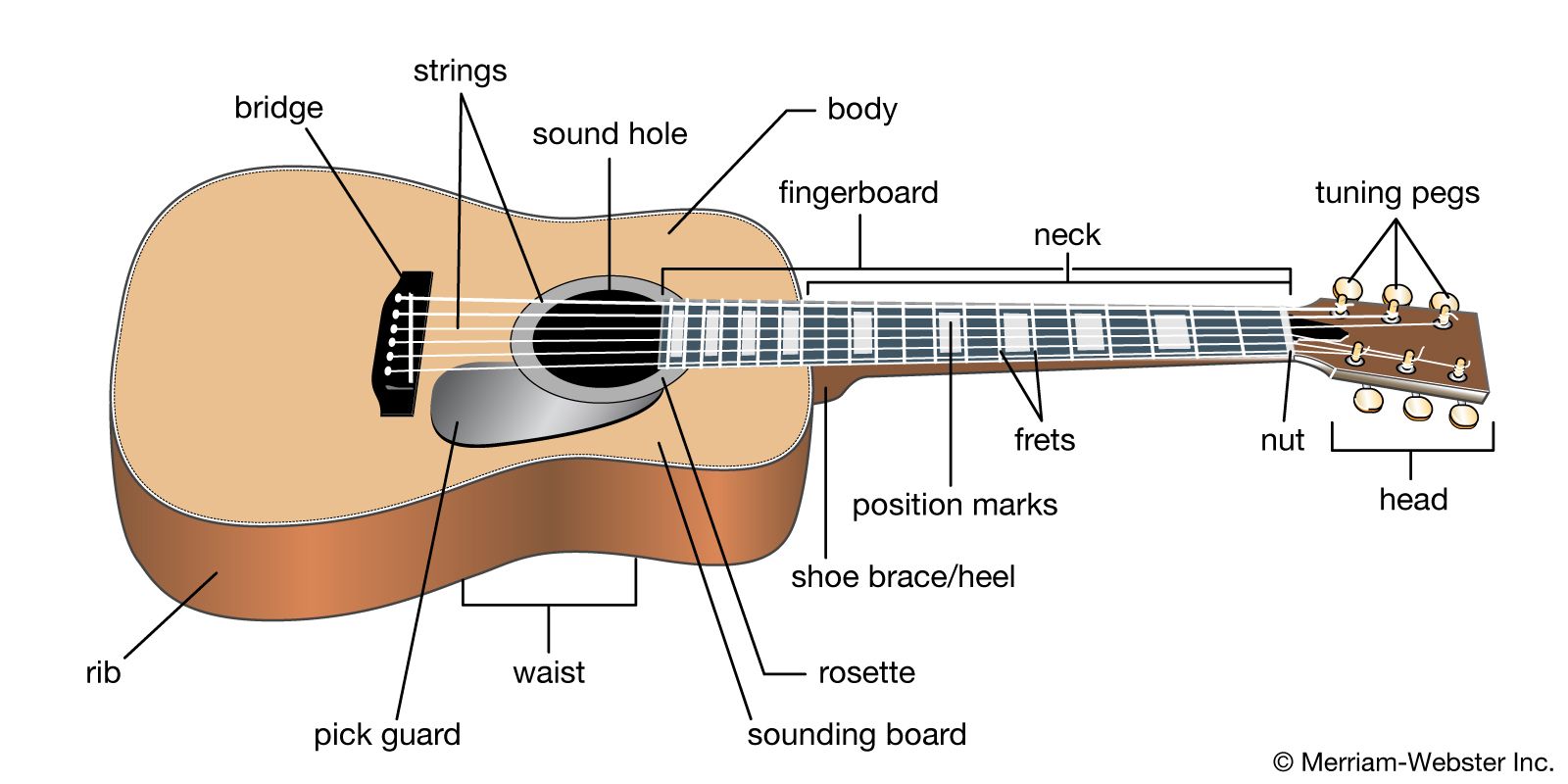Howdy, Stranger!
It looks like you're new here. If you want to get involved, click one of these buttons!
Categories
- 241.6K All Categories
- 22 >> Start Here <<
- 12 New Members
- 8 FAQs
- 86.7K Gear
- 39.5K Guitar
- 3.4K Acoustics
- 1.3K Bass
- 14.6K Amps
- 17.2K FX
- 269 Digital & Modelling
- 765 Other Instruments
- 8.3K Making & Modding
- 421 Gear Reviews
- 107 Guitar Reviews
- 73 Amp Reviews
- 119 FX Reviews
- 87 Other Reviews
- 748 Made in the UK
- 974 Theory
- 1.8K Technique
- 2.1K Live
- 3.2K Studio & Recording
- 2.1K Making Music
- 218 Events
- 15 Guitar Show 2018
- 830 Plug My Stuff
- 105.2K Classifieds
- 41.1K Guitars £
- 2.8K Acoustics £
- 138 LH Guitars £
- 900 Basses £
- 10.5K Parts £
- 18.3K Amps £
- 34.1K FX £
- 2.8K Studio & Rec £
- 6.1K Misc £
- 465 Personnel
- 54.7K Chat
- 36.5K Off Topic
- 1.1K Tributes
- 6.6K Music
In this Discussion
Become a Subscriber!
Subscribe to our Patreon, and get image uploads with no ads on the site!
Torrefied tops.
What is the received wisdom on torrefied tops?
I'm willing to accept that they subjectively sound "better" than a non torrefied top when compared against another guitar where all other aspects are identical. But do guitar tops continue to mature indefinitely, or does the process plateau after a while?
Would a 200 year old guitar sound better than a 100 year old guitar, all other things being equal?
David Crosby says it takes 8 years for a new guitar to open up and mature fully. Will a non-torrefied guitar "catch up" with a torrefied one or will the torrefied one always have the edge?
Bear in mind that, although torrefaction is by no means a new process, this trend in the modern day guitar market wasn't so common when the guitars that were used on most of our favourite recordings were made. Most of those recordings were just old guitars, some of them weren't even that old at the time.
What say you?
I'm willing to accept that they subjectively sound "better" than a non torrefied top when compared against another guitar where all other aspects are identical. But do guitar tops continue to mature indefinitely, or does the process plateau after a while?
Would a 200 year old guitar sound better than a 100 year old guitar, all other things being equal?
David Crosby says it takes 8 years for a new guitar to open up and mature fully. Will a non-torrefied guitar "catch up" with a torrefied one or will the torrefied one always have the edge?
Bear in mind that, although torrefaction is by no means a new process, this trend in the modern day guitar market wasn't so common when the guitars that were used on most of our favourite recordings were made. Most of those recordings were just old guitars, some of them weren't even that old at the time.
What say you?
0 LOL 0
LOL 0 Wow! 0
Wow! 0 Wisdom
Wisdom
 LOL 0
LOL 0 Wow! 0
Wow! 0 Wisdom
Wisdom Base theme by DesignModo & ported to Powered by Vanilla by Chris Ireland, modified by the "theFB" team.



Comments
The commonly-written theory behind them is that the baking process accelerates the drying out and chemical changes which occur naturally. So, if what the marketing people say about the process is correct, it's simply a short cut along the way to the same destination. In reality, few things are ever that simple - but would the typical player really notice any difference after 10 or 20 years? I doubt it. Hell, I can't say I've noticed much in the way of difference between torrified and non-torrified new guitars hanging on the wall of a shop, never mind 10-year-old ones. I mean the new guitars are all different - they are acoustic guitars and every acoustic guitar is different, and they are mostly different models and body shapes made by different manufacturers - but if there is a night and day difference between torrified and natural, I'm not smart enough to have detected it.
I have sometimes wondered what the long term effects of torrefication will be. It seems unlikely, but wouldn't it be interesting if torrefied tops actually sounded different after 30 years to a 30 year old untorrefied top.
Wouldn't mind a wee pick on a White Rice model.
As I understand it torrefaction was a process using low oxygen steam and a long process. All I tend to see these days is people loading tops into modified commercial kitchen oven basically gas mark 2 for a few hours and calling it done so these tops are baked roasted. So torrefaction that was a technical process is reduced to home cooking. I felt the steam important to help remove some of the chemical rather than baking them in.
As for does it make for better acoustic guitars out the box they sound different is that better if you like the sound yes. If you are a serial flipper and shuffle the deck on a regular basis then it’s saved you Dave Crosby 8 years. But still don’t think just drying wood gives you what 8 years of playing will.
https://youtu.be/sWdMYQk1rPg
I have one of these guitars for recording, sounds great.
Traditionally wood would have been cut and stacked for many years before being used for instrument making, I suppose this practice speeds everything up and saves a lot of money on storage and drying costs.
On the other hand I have a heap of beautifully crafted / voiced guitars made by skilled hands from shelf stacked and properly dried bits of wood, which sound equally as lovely.
Who really knows ?